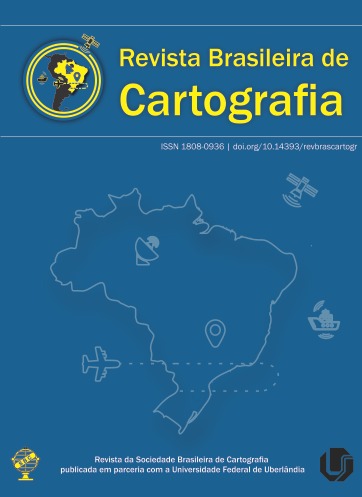Monitoring Plant Health Using Remote Sensing: Advances and Challenges
Main Article Content
Abstract
Problems concerning plant health, such as diseases, pests and weeds, which compete with grown plants for resources and, therefore, harm their full development, are responsible for significant losses in agriculture, year after year. Thus, it is extremely important to know the health status of the crops to plan management actions, in addition to serving as a basis for public investment and protection policies, aiming to reduce losses in production and guarantee national food security. When exposed to such problems, plants activate defense responses, whose molecular mechanism are too complex. In the early stages of pest or disease establishment, although symptoms are not yet visible, plants react in a variety of physiological mechanisms, such as reducing photosynthesis, which leads to increased fluorescence and heat emission. Thus, stressed plants produce a different spectral signature than that produced by healthy plants. In the field of Remote Sensing, a lot of studies have demonstrated the relationship between plant health issues and the spectral response registered in multi and hyperspectral sensors (whether imaging or not, active or passive and attached to terrestrial, aerial or orbital platforms). Therefore, the objective of this review is to describe the state of the art of Remote Sensing technology applied to health status of cultivated plants, at the levels of terrestrial, aerial and orbital data collection, using different types of sensors.
Downloads
Metrics
Article Details
Authors who publish in this journal agree to the following terms:
- Authors retain copyright and grant the journal right of first publication with the work simultaneously licensed under a Creative Commons Attribution License that allows others to share the work with an acknowledgment of the work's authorship and initial publication in this journal.
- Authors can enter into separate, additional contractual arrangements for the non-exclusive distribution of the journal's published version of the work (e.g., post it to an institutional repository or publish it in a book), with an acknowledgment of its initial publication in this journal.
- Authors are permitted and encouraged to post their work online (e.g., in institutional repositories or on their website) before and during the submission process, as it can lead to productive exchanges, as well as earlier and greater citation of published work (see "The Effect of Open Access").





